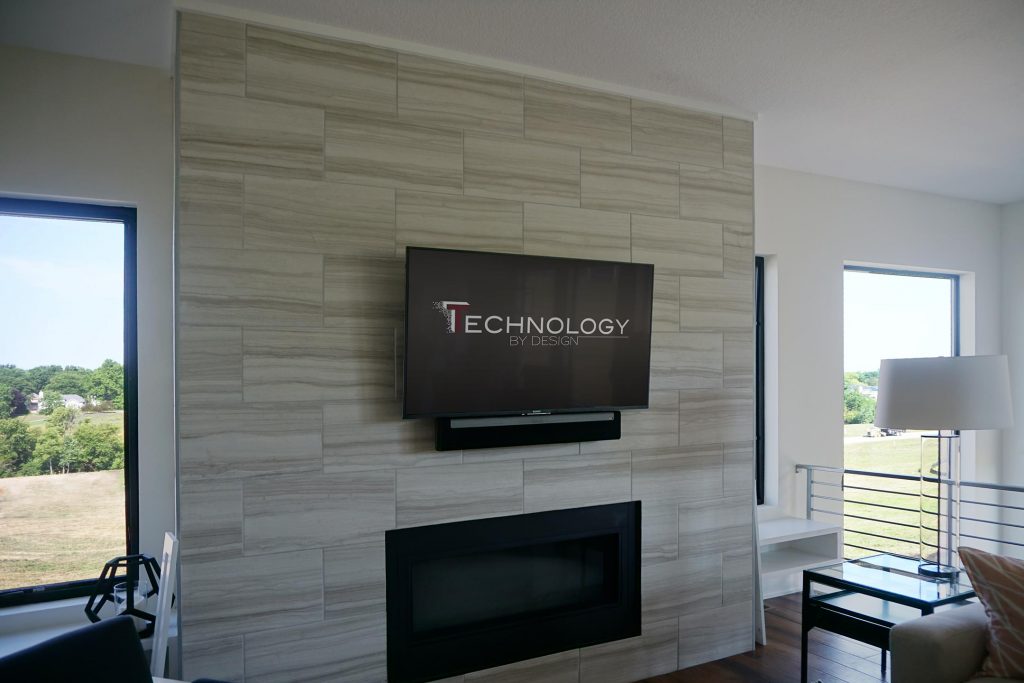Illuminating the Impact of Illumination Conditions on Movement Detection Accuracy and Dependability
Illuminating the Impact of Illumination Conditions on Movement Detection Accuracy and Dependability
Blog Article
Lighting conditions play a crucial role in the way well we can perceive movement. Motion detection is a critical component of various systems, such as surveillance cameras, automatic lighting systems, and also some video games. Comprehending how various illumination environments influence our ability to perceive movement can assist enhance the development and effectiveness of these systems. For example, poor illumination can result in missed motions or incorrect alarms, while ideal lighting can enhance the precision of motion detection systems.
In bright lighting environments, motion detection is generally more accurate. As there is ample light, sensors and cameras can obtain sharper pictures, which assists in recognizing dynamic elements. Well-lit conditions allow for better distinction between the moving object and the surroundings. This differentiation is crucial for both human viewers and automated technologies, as it makes it simpler to differentiate between stationary and dynamic elements in a setting. Therefore, making sure that spaces are adequately illuminated can significantly enhance the performance of movement detection systems.
On the other hand, dim environments can present difficulties for movement detection. In low-light environments, shadows can obscure dynamic elements, making them difficult to perceive. Additionally, the eye faces challenges to perceive motion in low light, which can lead to misinterpretation of the situation in the surroundings. Cameras may also encounter difficulties, as many do not function well in dim conditions without the use of infrared capabilities or alternative improvements. These restrictions highlight the significance of adequate lighting in settings where motion detection is essential.
Additionally, different kinds of lighting can have different impacts on motion detection. For example, neon lights can flash, which can mislead motion detection systems that rely on consistent light sources. On the other hand, daylight provides a consistent form of lighting that improves clarity. Understanding these differences in lighting conditions can guide users in selecting the most appropriate illumination for specific uses, especially in security and safety get more situations.
In conclusion, the connection between lighting conditions and movement detection accuracy is significant. By making sure that settings are appropriately illuminated, we can improve the reliability of motion detection systems. This understanding not only supports tech uses but also improves safety and security in various settings. As more developments are made in motion detection technology, considering lighting conditions will remain a vital factor in optimizing performance and ensuring that these technologies function properly in try this website various conditions.